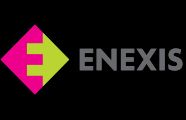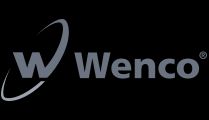Turning Factory Data into Scalable Innovation
Digital transformation in manufacturing fails when data is trapped in silos or integration is too complex. FlowFuse helps industrial teams move fast by connecting systems through open standards and low-code tools—so engineers can build and iterate quickly without waiting on traditional IT processes.














